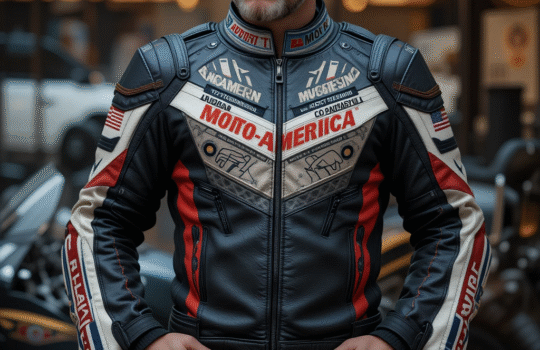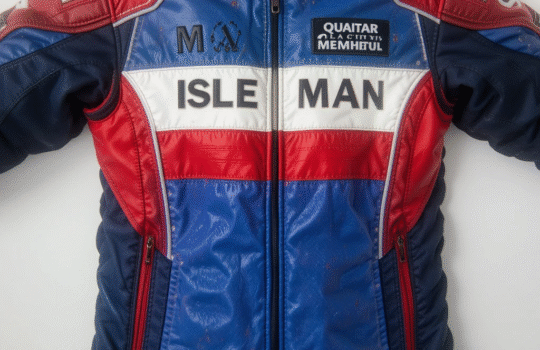How to Clean Vintage Leather: Easy Steps for Timeless Beauty
Vintage leather is like a fine wine—it only gets better with age… if you treat it right.
If you’ve ever picked up an old leather bag, jacket, or chair and thought, “Wow, this needs some love,” you’re not alone. But the big question is—how do you clean vintage leather without ruining its charm?

The good news? It’s not as complicated as it sounds. Think of your leather as a loyal old friend—it’s been through a lot, and all it needs is some gentle care to bring back the glow.
1. Understanding Vintage Leather
Before you even touch a cleaning cloth, you need to understand what makes vintage leather special. Unlike new leather, vintage leather has lived a life—it’s absorbed oils, been exposed to sunlight, and developed a unique patina. This aged character is what makes it valuable, so cleaning it requires a gentle hand.
2. Why Cleaning Vintage Leather Matters
You wouldn’t wear your favorite shirt for decades without washing it, right? Leather, too, needs occasional care. Dirt, body oils, and dust can break down the fibers over time. If left unchecked, vintage leather can dry out, crack, or lose its luster. Cleaning not only improves appearance but also extends its life.
3. Identifying the Type of Vintage Leather
Not all leather is the same. There’s full-grain, top-grain, nubuck, suede, and more. Before cleaning, figure out what you’re working with:
- Full-grain leather – The most durable and ages beautifully.
- Top-grain leather – Softer but still strong.
- Nubuck/Suede – Velvety texture, very delicate.
Tip: If you’re unsure, test on a small hidden spot before cleaning.
4. Common Problems Found in Vintage Leather
When you pick up a vintage leather item, you might see:
- Fading from sunlight.
- Cracking due to dryness.
- Stains from spills.
- Mold or mildew from storage in damp areas.
Knowing what you’re dealing with will help you choose the right cleaning approach.
5. Pre-Cleaning Preparation
Like cooking a great meal, preparation is key. Here’s what you’ll need:
- Soft lint-free cloths.
- A gentle leather cleaner or mild soap.
- Distilled water (tap water can leave marks).
- A soft brush for dusting.
- Leather conditioner.
Before starting, remove dust with a soft brush or cloth. This prevents scratching during cleaning.
6. How to Clean Vintage Leather: Step-by-Step Guide
Here’s the basic process:
- Dust off the surface with a dry cloth.
- Mix a cleaning solution – 1 part mild soap to 8 parts distilled water.
- Dampen a cloth (never soak) and wipe gently.
- Rinse with another slightly damp cloth.
- Dry with a soft towel—no heat sources!
Think of it like washing your face—you want to cleanse, not strip away natural oils.
7. Gentle Cleaning for Delicate Leather
For delicate types like nubuck or suede, avoid water. Instead:
- Use a special suede brush to lift dirt.
- For stains, try a suede eraser or corn starch (for oil).
- Never use soap—it can ruin the nap.
8. Removing Stains Without Damaging Leather
- Oil stains: Sprinkle cornstarch, leave overnight, brush off.
- Ink stains: Dab with a cotton swab dipped in rubbing alcohol—test first!
- Water stains: Evenly dampen surrounding area, let air dry.
9. Conditioning After Cleaning
Cleaning is only half the job—conditioning is where the magic happens. A good leather conditioner replenishes natural oils, keeps leather supple, and prevents cracking. Apply a thin coat, let it absorb, and buff gently.
10. Protecting Vintage Leather from Future Damage
Think of this as giving your leather a shield:
- Store in a cool, dry place.
- Use leather protectant sprays.
- Avoid direct sunlight and heat sources.
11. Common Mistakes to Avoid When Cleaning
- Using too much water.
- Applying harsh chemicals.
- Scrubbing aggressively.
- Skipping conditioning.
12. DIY vs. Professional Cleaning
If your leather has severe damage or you’re dealing with a valuable piece, professional cleaning might be worth it. Otherwise, for regular care, DIY works perfectly.
13. Storing Vintage Leather Properly
- Store in breathable fabric bags (no plastic).
- Keep away from moisture.
- Use padded hangers for jackets to avoid stretching.
14. Maintaining Shine and Softness Over Time
Make cleaning and conditioning a seasonal habit. Just like you service your car, service your leather regularly.
15. Final Thoughts on Leather Care
Vintage leather is more than just material—it’s history you can touch. A little care goes a long way in keeping it alive for years to come.
FAQs
1. Can I use baby wipes to clean vintage leather?
Not recommended—most contain alcohol or chemicals that can dry leather.
2. How often should I clean vintage leather?
Every 6–12 months, or sooner if it gets visibly dirty.
3. What’s the best conditioner for vintage leather?
Choose one that’s pH-balanced and designed for leather, avoiding petroleum-based products.
4. Can I machine wash vintage leather?
Never—water and agitation will damage it.
5. How to clean vintage leather without a cleaner?
A mild soap and distilled water mix works for most leathers—just test first.





